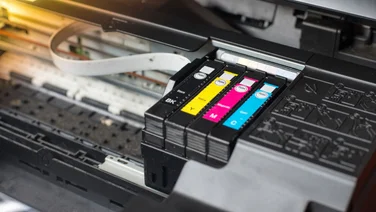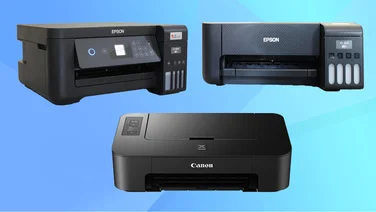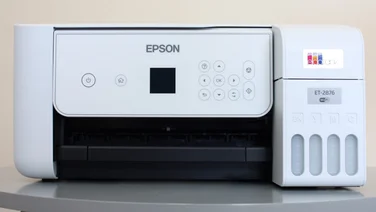To help us provide you with free impartial advice, we may earn a commission if you buy through links on our site. Learn more











Rugged, waterproof cameras aren’t just for water-sports enthusiasts. They’re also well suited to the beach, hikes, ski slopes and even just being casually thrown into a bag, ready to capture a shot at a moment’s notice. Panasonic has a fine history of rugged cameras, but while previous models have cost around £300, the FT20 is considerably more affordable.

It’s built to withstand drops from 1.5m, submersion to 5m, temperatures down to -10 degrees centigrade and dust. Its blocky shape looks suitably butch, while the orange brushed metal finish adds bit of bling to proceedings. Bright red or blue finishes are available too, along with a more conservative black. The button labels are tricky to see, though, with some engraved onto the metal buttons and others in white against the orange body. You might have to memorise their functions when taking the camera into inhospitable environments.

The screen is a bigger disappointment, with heavily skewed colours when viewed from above or below. Considering that this camera is likely to be used in unusual locations, we’d hope for better visibility when shooting at awkward angles.

The 4x zoom range is modest but the wide-angle 25mm (equivalent) minimum focal length is ideal for capturing sweeping landscapes and precarious views down the sides of rock faces. It’s not the brightest of lenses, though, with an f/3.9 aperture at its wide-angle setting. That’s about half the light-gathering ability of an f/2.8 lens. The sensor doesn’t inspire much confidence either. Its 16-megapixel rating is needlessly high, and clearly designed to appeal to witless shoppers who are impressed by big numbers; it’s telling that Panasonic fits a 12-megapixel sensor in the more expensive FT4, launched at the same time.
Despite these limitations, the FT20 acquitted itself reasonably well in our image quality tests. Automatic exposures were expertly judged, and while Panasonic’s colour output isn’t quite as flattering to our eyes as Canon or Nikon’s, it’s arguably more honest. Focus was generally sharp, although it deteriorated a little when we zoomed in. There was evidence of noise even in brightly lit shots, but noise reduction kept skin textures looking reasonably smooth and lifelike, avoiding the syrupy, smeary mess that 16-megapixel compact cameras often suffer from. Dense textures such as grass were handled less well, though.

Moving indoors, strong noise reduction took a heavy toll on details, to the point where the 16-megapixel photos looked more like 2-megapixel photos that had been digitally enlarged. Still, this successfully kept noise at bay, and they actually looked pretty good once we’d resized them to fit a PC screen. In short, these aren’t the sort photos we’d want to print out at A4 size, but viewed on a computer or HD TV, they’re up to scratch.

It’s reasonably nippy camera too, taking just 1.3 seconds between shots in normal use. Continuous mode wasn’t much faster at 1fps, but there’s a 3-megapixel, 6.3fps mode for when capturing action is more important than a huge resolution. The controls are quick to use, too, with a Q.Menu button that provides access to the most important settings. The zoom buttons aren’t as easy to use as a lever but we can see the sense in keeping all the controls flush with the camera’s body.

Videos are recorded at 720p in AVC format with active zoom and autofocus while recording. Noisy zoom motors are a common problem, but in this instance the zoom was silent and it was the autofocus that peppered the soundtrack with little whirrs and clicks. It was only noticeable in quiet environments, though. The picture looked quite heavily processed to accentuate sharpness, and we noticed the same strange ghosting effects in dimly lit, fast-moving scenes that we first saw in the Panasonic Lumix DMC-SZ7. Still, with clip lengths up to 30 minutes, it’s better than most video modes we see at this price.
This camera is far from flawless, but it’s inevitable that it won’t offer the same features and quality as the pricier FT4. The screen is our biggest concern, but the bottom line is that the FT20 is tough enough to withstand abuse, and its photos and videos are fine for casual use. At this price, it’s a good deal.





